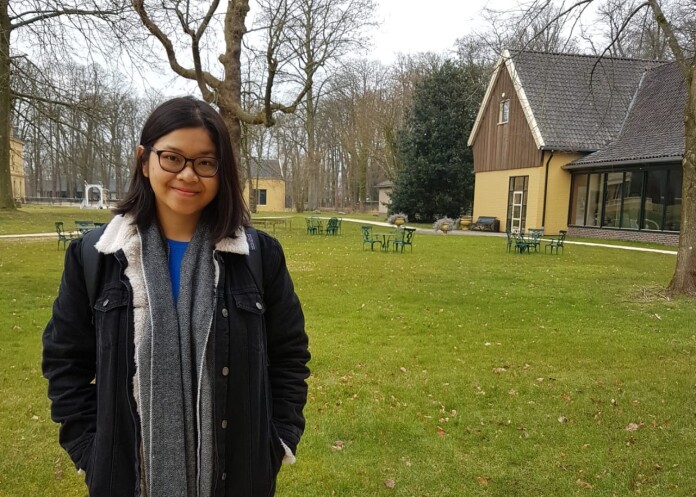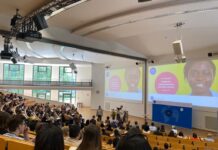When studying abroad, it is easy for students to get lost in their studies – to be stuck in a student bubble where the city they live in becomes nothing but a blurry backdrop. Yet, when they pause and take the time to learn and explore the city they live in, the experience can be very rewarding. This was the experience of Indonesia Mengglobal Columnist, Dini Putri Saraswati, during her Master in International Relations and International Organization at the University of Groningen, the Netherlands. In this article, she chronicles her experience exploring the city as a student volunteer at her university.
During my time in the Netherlands, I was originally not an overly proactive person – I was only focusing on my study until one day a friend handed me a brochure. “Here, take it! You need to chill sometime and have some fun!”, she said. It was a recruitment brochure for volunteers to guide the new students at my campus around the city of Groningen. The programme was organised by Erasmus Student Network (ESN) Groningen and “Beyond the student bubble” was the tagline. I realised that I was actually being in my student bubble, so I guess it was a perfect time to finally venture outside.
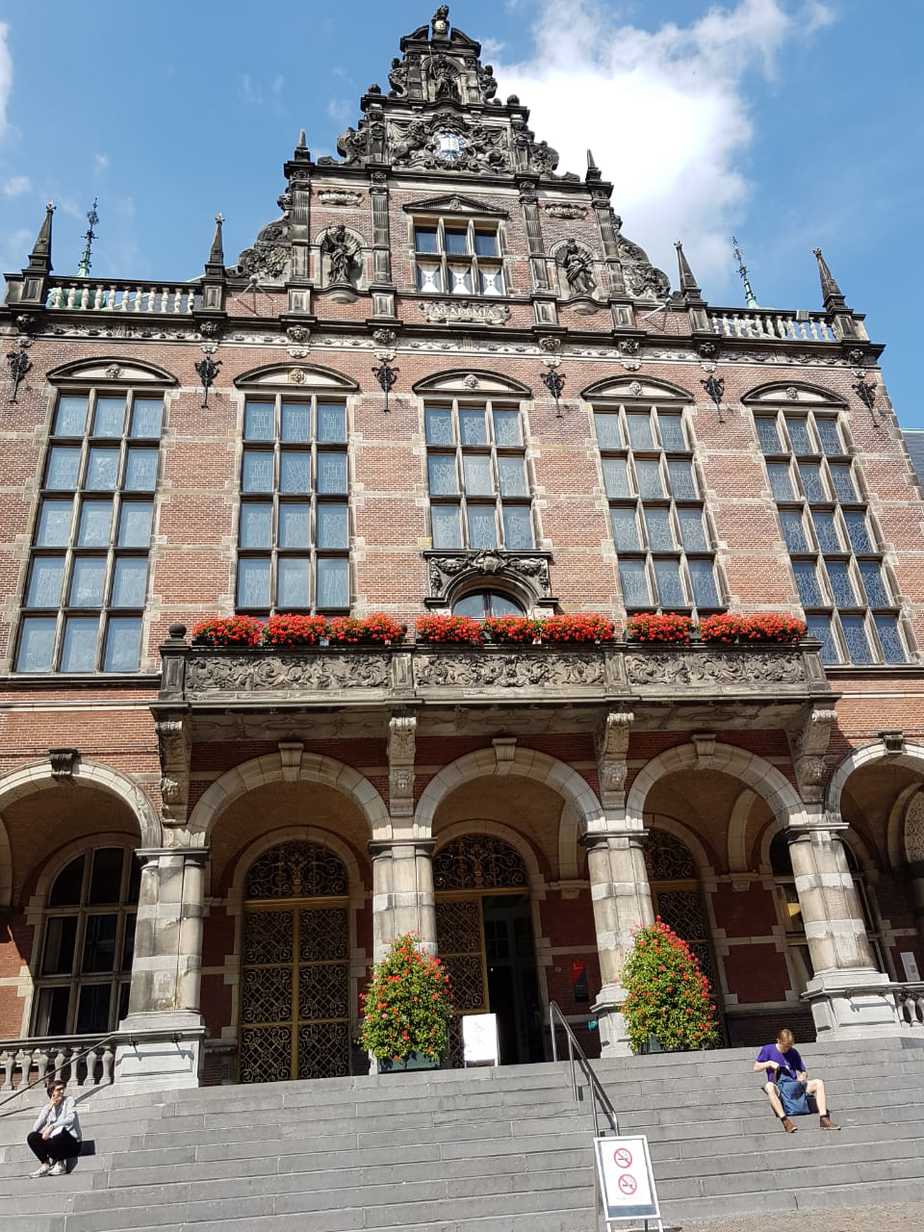
Exploring Groningen: Sightseeing, Rowing, and Visiting a Synagogue
The event was conducted in two consecutive days, Friday and Saturday. I was paired with another volunteer from Mexico called Dani to guide a group of ten. We had several agendas on the first day. The first one was visiting “City Central Groningen”, a tourist information centre to connect international residents to the locals. They challenged us to play a riddle game by giving a set of questions and a map to navigate us to the clues. It was really entertaining! We went around the city guessing each landmark and came across interesting facts along the way. As a person who did not hang out often, I was able to see Groningen from a different perspective.
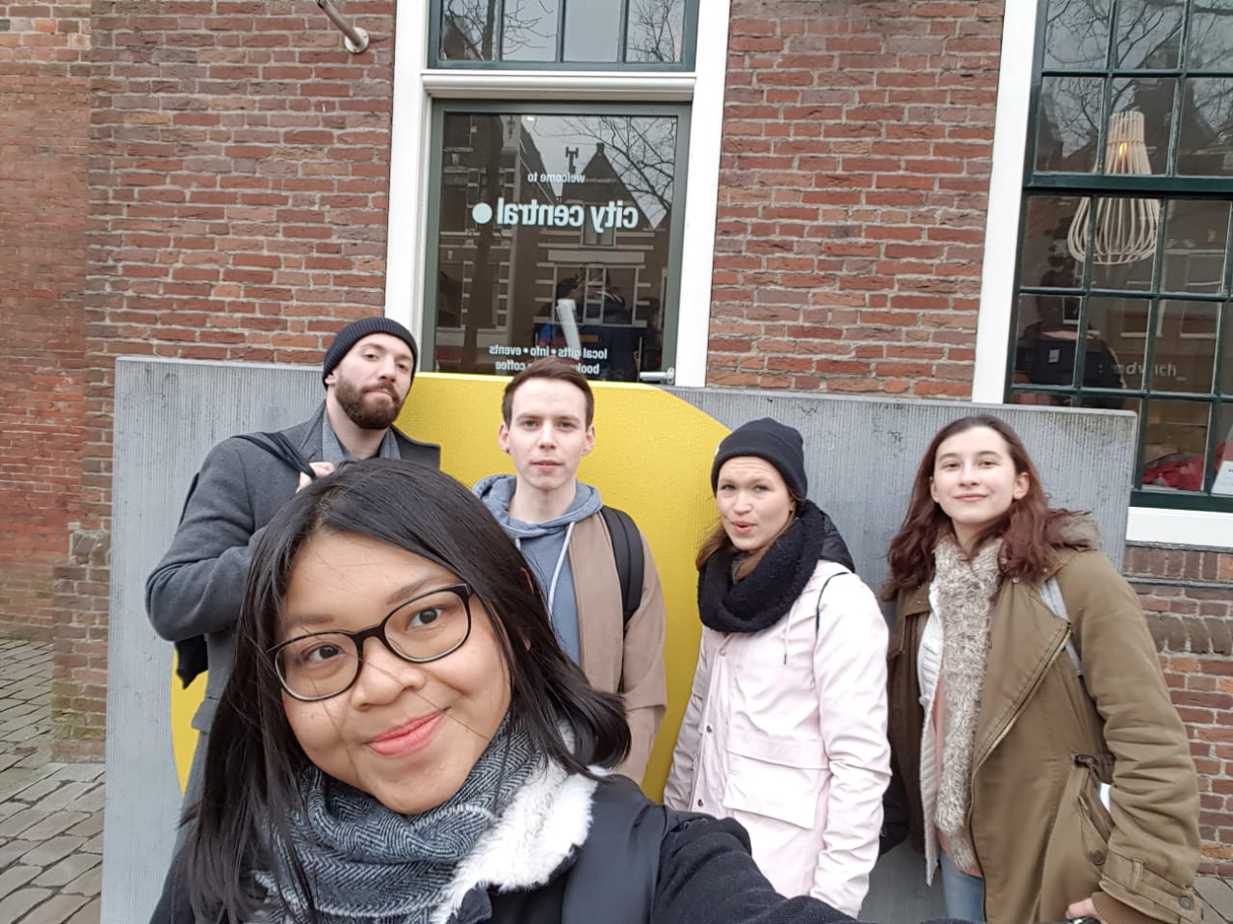
After that, we went to “Koninklijke Groninger Roeivereniging De Hunze”, a rowing club located in the city centre. This club has produced rowing athletes and won many trophies. We went downstairs to see stacks of shells and oars with different colours and sizes. I also tried to row with a rowing machine. At first it was easy, but after a while it was tough – my arms were a little bit sore. According to the instructor, it was actually a good exercise to strengthen our muscle. They also demonstrated the real rowing practice on the water with a volunteer from one of us. Given the geographical nature of the Netherlands where the country lies below the sea level, it is no wonder that Dutch people really love water sports.
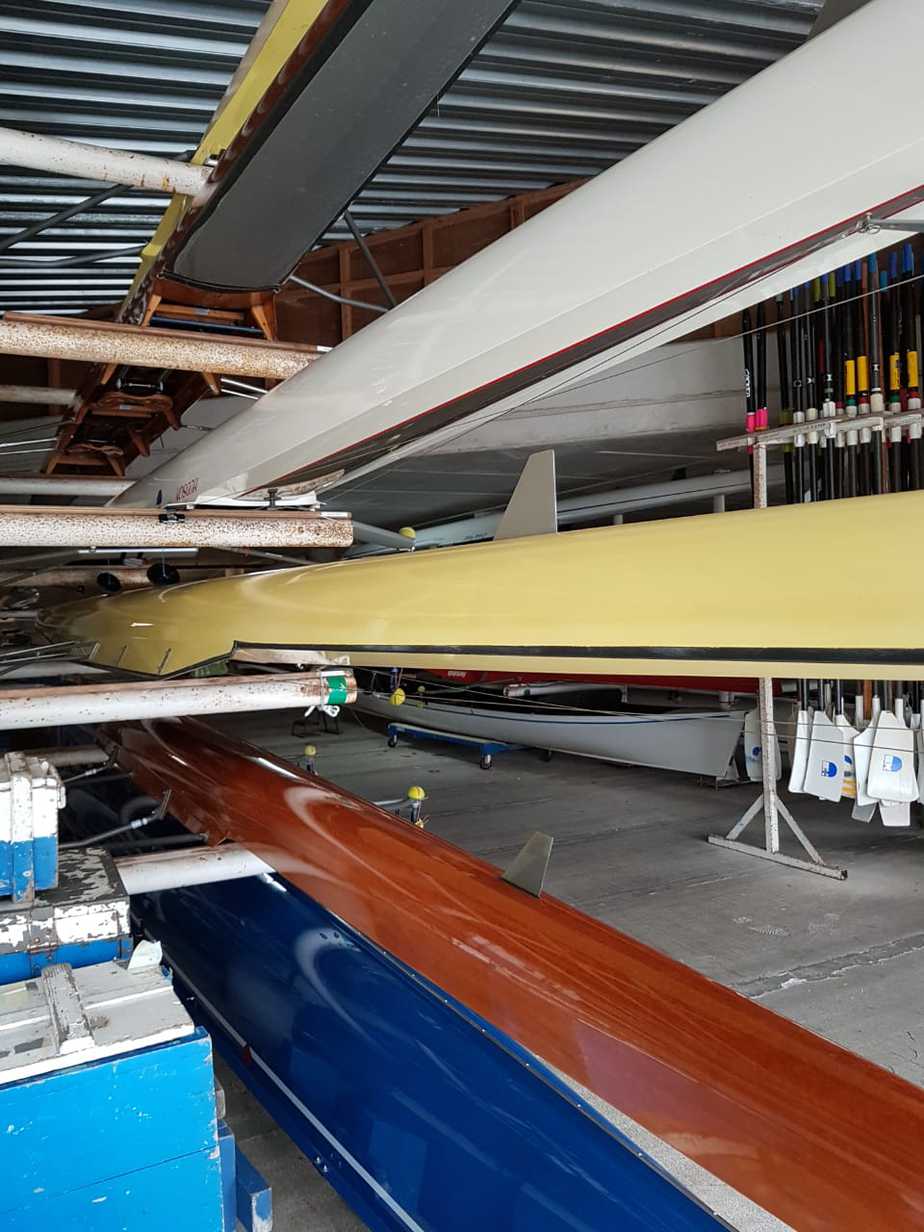
The next agenda was paying a visit to an old synagogue near the campus. I did not even know that there was a synagogue in the city; but in fact, Groningen was known to be a home for the Jewish community in the Netherlands since the 16th Century. I stepped inside and was mesmerised by the Arabesque decoration. There was a spacious altar for the Shabat service surrounded by an exhibition. The Rabbi also showed us a mikvah, a bath used for the ritual purpose. It was such an eye-opening experience to discover the history of the Jews in Groningen.
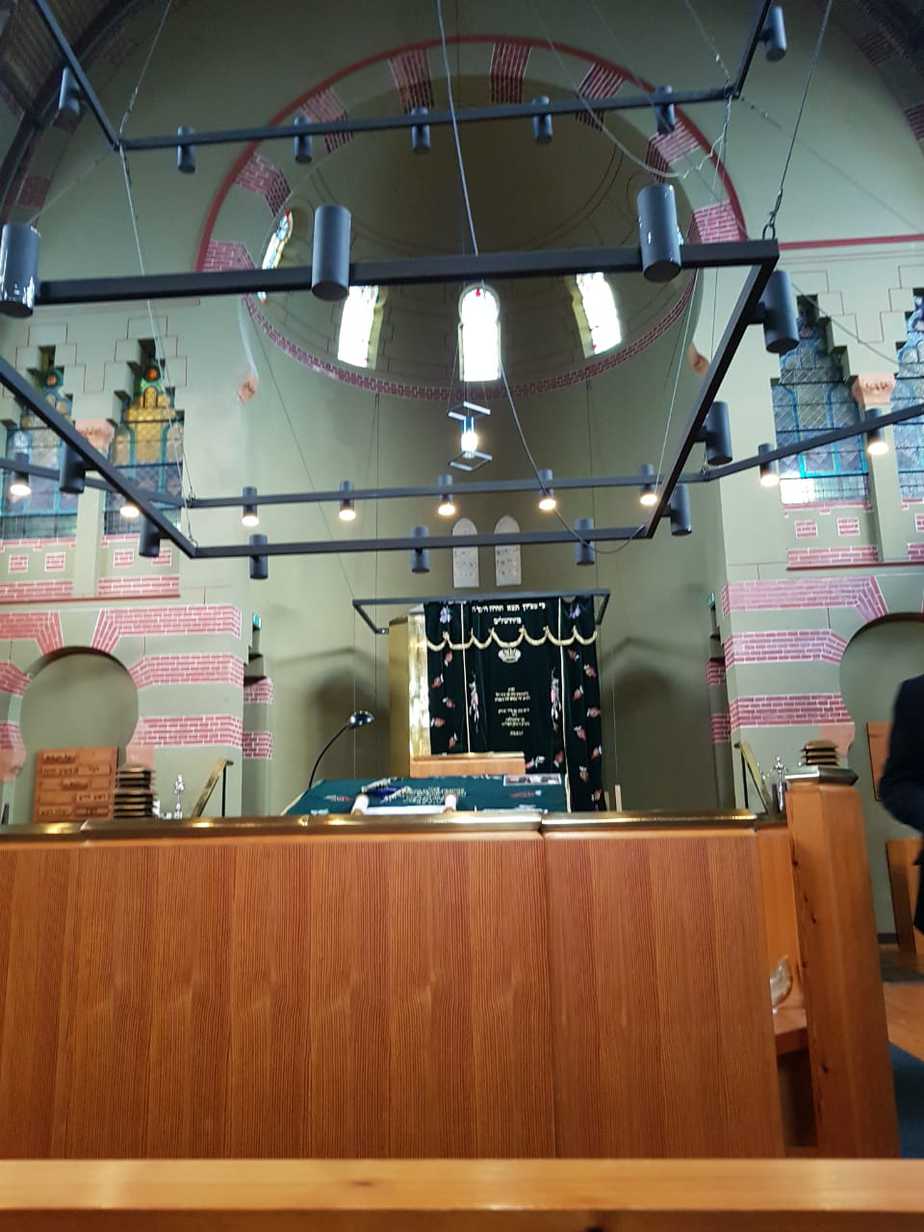
Meet and Eat: Meeting the Locals, Eating Like Locals
In the afternoon, we were invited by a Dutch family to have dinner at their place. It was quite a surprise to learn that Max – the husband – lived in Indonesia when he was a child. As a person who had lived in Indonesia, he was very delighted to greet me. He said talking with me was like bringing his old memories, especially because both of us were born in Malang and it kinds of connected us together.
Oh and I must say that the food was amazing! The wife, Marian, cooked staple Dutch food, such as erwtensoep or pea soup and apple pie. She really enjoyed cooking and eating as she liked trying new recipes and having culinary experiences. I also learned a lot about the history of Dutch-Indonesian food from her. I think it was such a warm and welcoming experience to be exposed to the locals and figure out their culture.
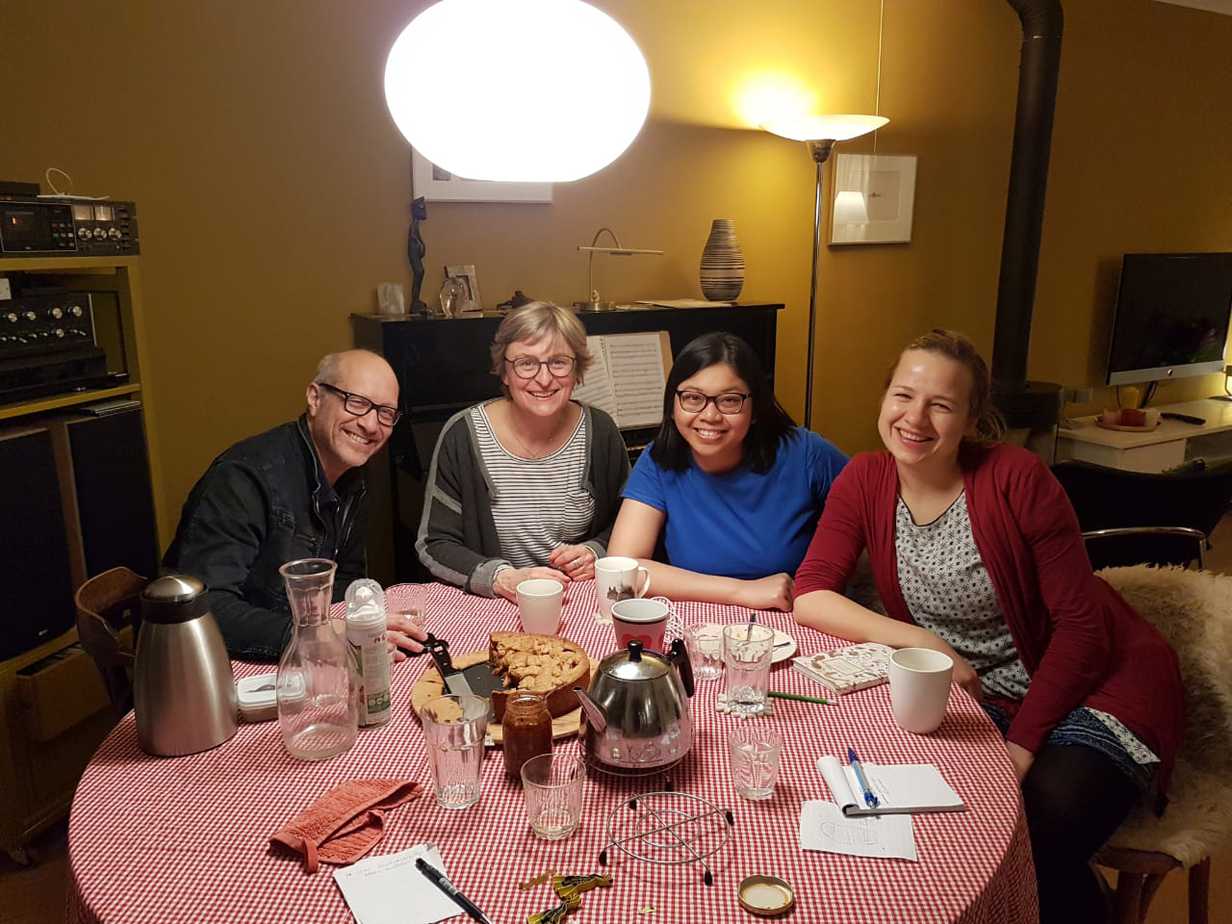
Province Day: The Factories and the Castle
On the second day, we went to Eenrum and Nienoord, small cities in the Groningen Province. Our first destination was the mustard factory in Eenrum to see how mustard is made. All of their products were homemade and organic with the traditional Groningen recipe. They sold many variations of mustard, from original to spicy. I was not really a fan of mustard. It was too bitter and a little bit too sour with a very weird aftertaste for my liking. But when I tasted their mustard soup, I changed my mind. The soup smelt very nice and it did not taste like mustard; it was creamy and sweet.

Near the mustard factory, there was a candle factory. We stopped by to see how colourful candles were made. It did not look easy at all; it needs patience and creativity to make beautiful dipped candles. Some candles were also carved thoroughly to create colour gradation effect. It was satisfying to see how the candles were molded and sculpt. The results were too pretty I did not have the heart to even light one.
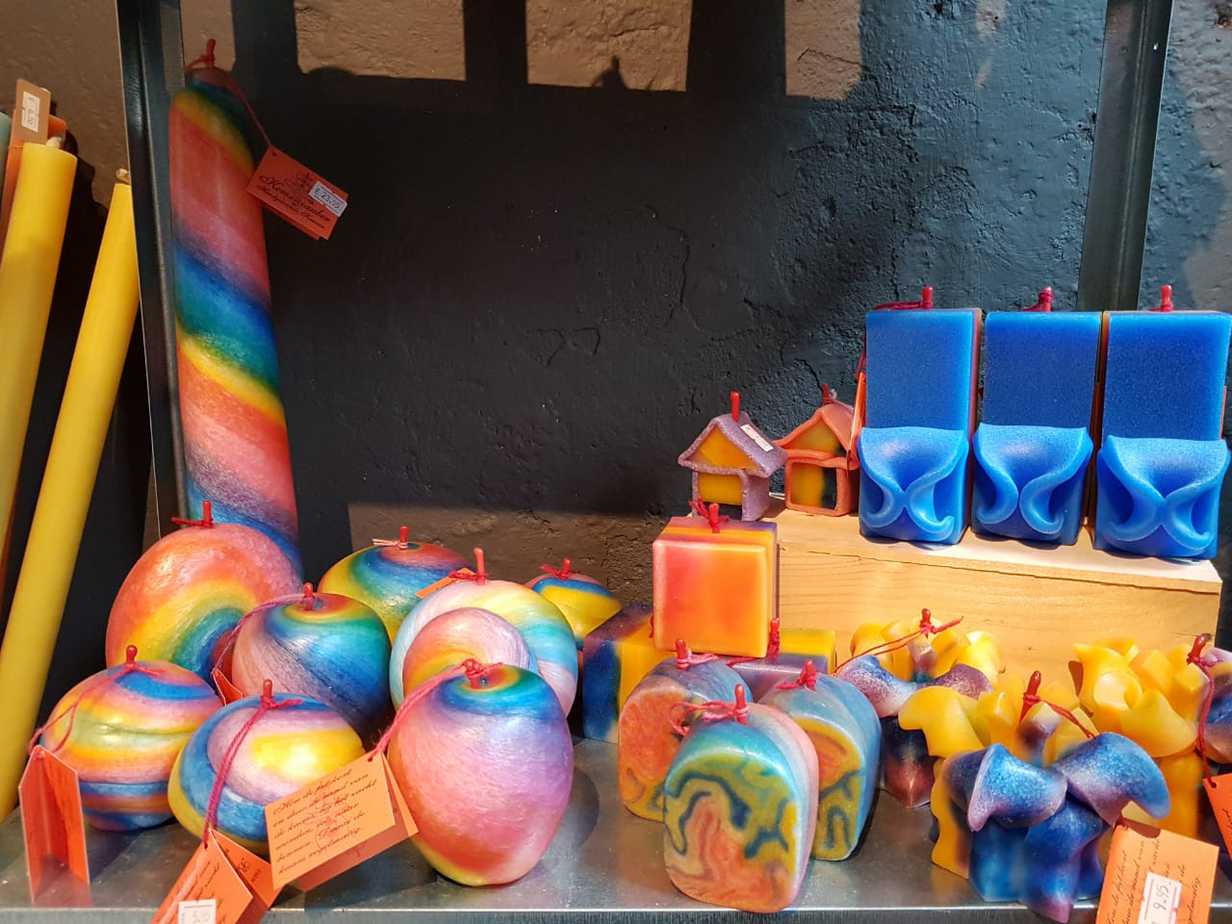
Finally, we came to see Nienoord Castle to end our exciting programme. It was a very stylish ancient castle dating back to 1500s. It was actually a peatland until Squire Wigbold van Ewsum bought the land and built a country house. The complex grew big that important and wealthy families chose to reside there. I got a chance to get a glimpse of the glorious history of the building. There were several rooms filled with medieval collections as well as luxurious carriages. Outside the chateau, there was a picturesque garden with a group of deer, horses, and ducks. Although they were all very cute, we were not allowed to feed them.
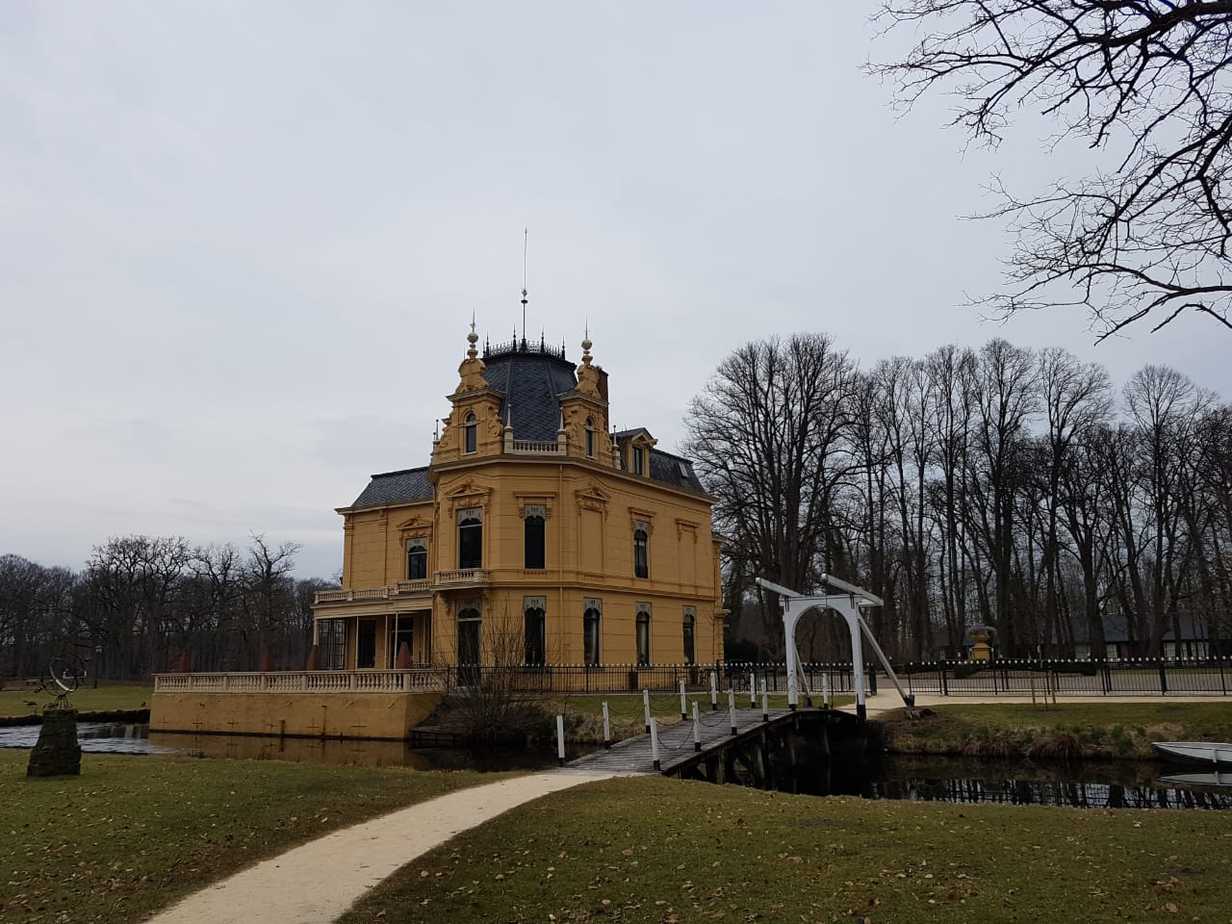
For me, the programme was enjoyable. Although I got lost somewhere finding a specific address with my team and I got questioned a lot about the history I was not familiar with, I did not regret joining the event. I made new friends and family along the way, delved into the history and culture of Groningen, and most importantly, I realised that although getting good grades is important, we also need to mingle with the society in order to adapt in a new environment easily. It may be a bit challenging to go out of our student bubble, but it is definitely worth every effort!
*All photos are provided by the author








